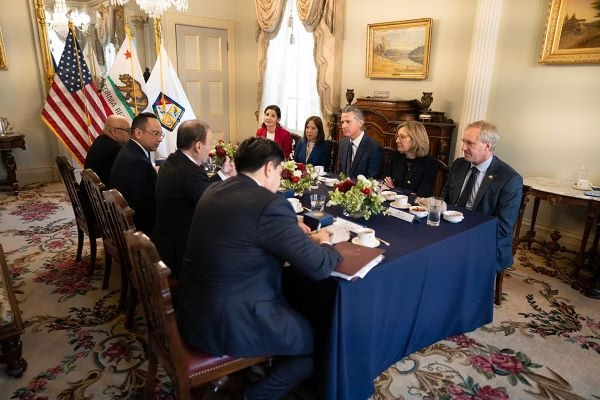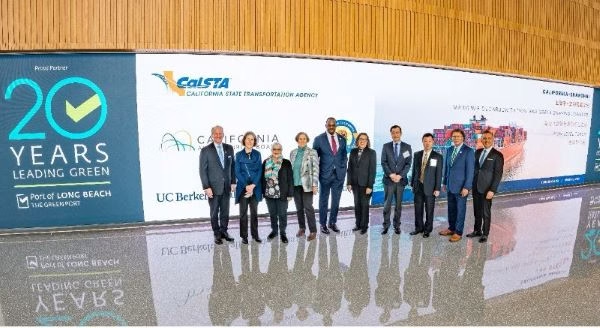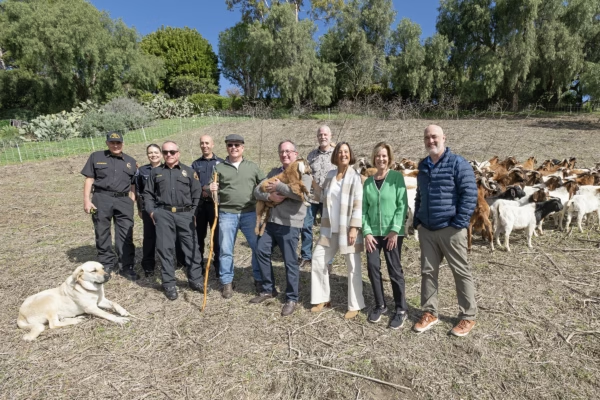The exhibition provides viewers space to interrogate their own reactions to Risk’s artistic targets.
solo. Gallery and Peter Scherrer present Trigger Warning by Ellwood T. Risk. This compelling show runs for three more weeks, to April 12.
Trigger Warning elicits a visceral response to Risk’s compelling mixed media works. Some of these include pistol targets; Risk has said that he finds the “immediately recognizable object utterly compelling.” He notes that because of target imagery, people’s experience with guns often starts from childhood.
The works, Risk says, speak to the hyper-masculine, toxic male-female relationships.
Other pieces in this show include print media panels, forms, and a striking piece inspired by the “#MeToo” movement.
This is Risk’s first show since 2016. But the self-taught artist has been working this whole time — and making a living from his work. Risk began creating pistol targets in 2002. His first public exhibition of the works took place at Robert Berman Gallery at Bergamot Station, Santa Monica in 2005.
This powerful imagery has been a source of inspiration for Risk since he completed his first piece. He began this journey with hope. The artist’s statement reveals that he finds these “true paper tigers” to be menacing objects, fascinating and repulsive at once. Creating works of art that can be interpreted by the viewer with varying degrees of complexity, he said, brings him great artistic satisfaction.
Four years later, Risk’s tone was a darker, more absolute stance, positing, “We are, all of us, targets.
“No human living in the ‘developed’ world is exempt from the influence of these fixed cultural elements, forever locked in competition as they seek dominion over our lives, our pocket books and our souls.”
By 2018, pragmatism — and wisdom emerge. While Risk acknowledges the easily mistaken logic that he could be seen as a second amendment enthusiast, he claims his “staunch” support of common sense gun regulation. He views his work as a socio-political commentary on contemporary life in America. Importantly, while stating he enjoys owning and shooting firearms, Risk enumerates his beliefs on arms reform.
The artist states this evolution encompasses a deeper and different understanding of his work over the years, wherein he has become more political but his art has not.
Trigger Warning at solo. Gallery provides viewers space to interrogate their own reactions to Risk’s artistic targets. These works, produced in digital and analog form, present a variety of materials, including silhouette, archival canvas, color patterns, a combination of collage and decoupage and gold leaf.
Risk’s series has attracted an international audience. Exposure from his work featured in both film and television for two decades — allowing people to find him — has paid dividends. Four works were featured on nearly every episode of Showtime’s “Californication,” during its first five years. Other industry credits include The X Files, Six Feet Under, Franklin & Bash,Modern Family, The Soloist, Biggie & Tupac among others.
Risk’s early works of abstract color fields on plaster surface reflect his years of work in construction as a journey level drywall finisher and painter. A six-panel series of plaster abstracts remained on display at LACMA Sales and Rental Gallery (2002-2006) until the last piece of the collection sold. solo. Gallery owner, Peter Scherrer notes that Risk is a perfectionist of resin pieces.
solo. Gallery will be open Saturday and Sunday afternoons or by appointment.
For additional information, call or text, 310.913.5492.

















